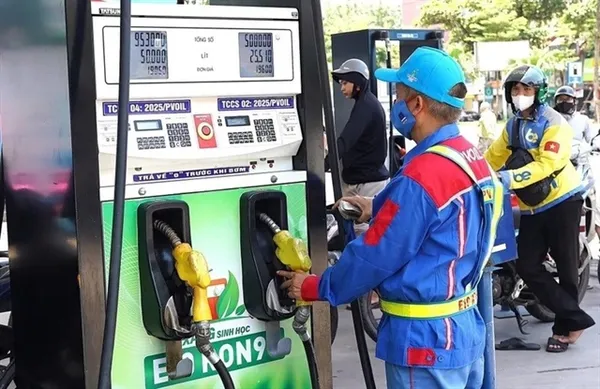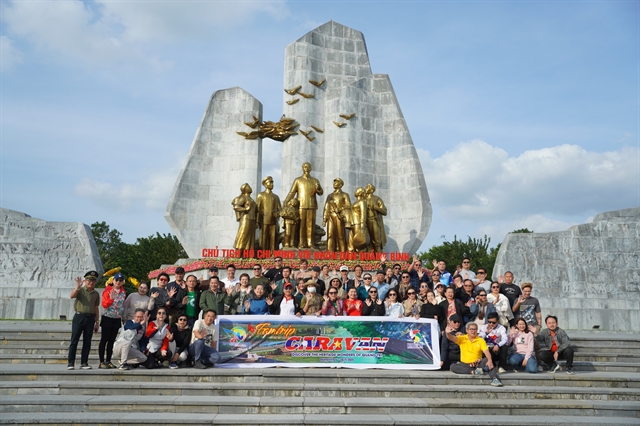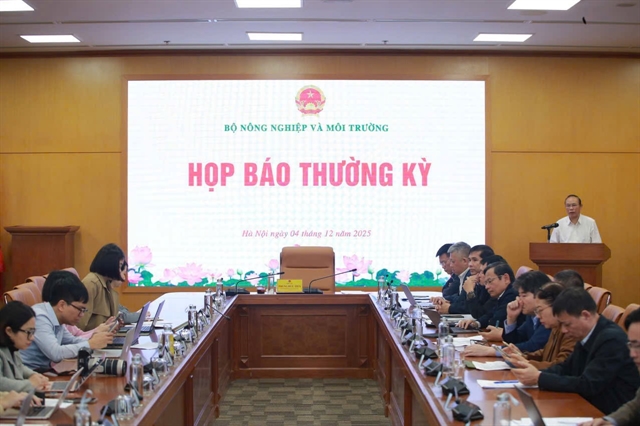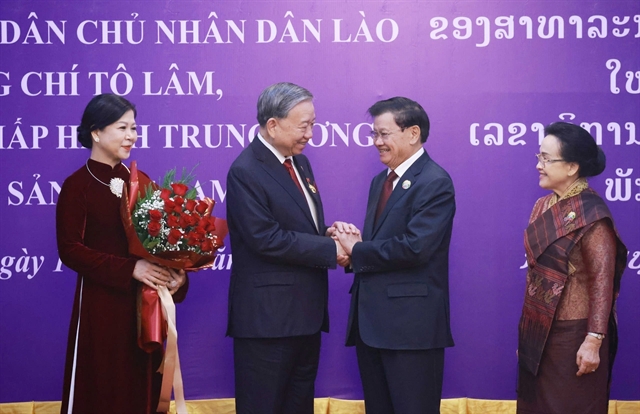 Opinion
Opinion

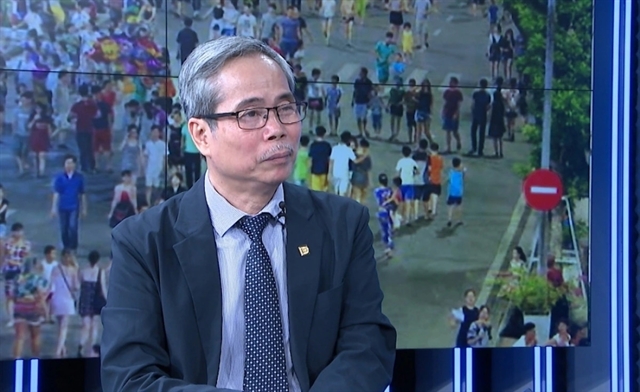 |
| Architect Trần Huy Ánh speaks to VOV. Photo vov.vn |
Hà Nội plans to shorten its low-emission zone roadmap by five years and extend it to Ring Road 3. This shift raises the question of whether infrastructure and planning can keep pace with the roadmap. The Voice of Vietnam (VOV) spoke with architect Trần Huy Ánh about infrastructure challenges, planning solutions and a feasible roadmap for a green city.
What level of urgency over air pollution is reflected in Hà Nội's decision to shorten the low-emission zone roadmap by five years and expand the low-emission zone within just four years? Does this signal that the city is shifting toward a green, sustainable urban development mindset?
There is strong direction from the Government. I have long been part of research groups on green transition, but only in recent months has the issue become truly 'heated'.
The city is moving quickly, showing determination to fulfill its emission reduction commitments. As citizens, we are waiting for more concrete actions.
Some transport experts believe this roadmap faces major challenges. From a planning perspective, how should Hà Nội organise its urban space to make this shortened roadmap feasible?
Since this is a 'mandate' from higher levels, we must be ready to implement.
However, Hà Nội has so far only announced a land survey to arrange around 1,000 charging stations. The city also plans to expand its bus network. However, economically, gasoline-powered vehicles remain stable and are not necessarily more costly, while suburban residents are less affected.
Therefore, charging station investment should focus on the city centre where impact and demand are greatest.
Why is it necessary that the low-emission zone should prioritise Ring Road 1?
Ring Road 1 covers only about 10 per cent of the city’s area and population, but it is the urban core.
Implementation should begin here, just as Hoàn Kiếm District has had pedestrian streets for years.
If we succeed, we gain lessons and confidence to gradually expand to Ring Road 2 and Ring Road 3.
For a successful pilot, the city must publish detailed plans based on scientific evidence and practical experience, especially regarding charging station safety. Citizens need to see the roadmap and thorough preparation right from the start.
Hà Nội previously piloted public bicycles and a BRT line but saw little success. How can clean-energy vehicles truly take root?
Transitioning vehicles means changing travel habits and even the city’s structure. Past failures partly stemmed from fragmented, disconnected transport and urban development.
We need an integrated mindset in which public transport, urban infrastructure, and services must support each other, not cancel each other out.
This is an opportunity to redesign the city, adding depth to infrastructure: from parking lots and charging stations to flood prevention. Everything must be planned together.
What lessons can Hà Nội learn from international models?
The key lesson is that public transport must be affordable so people can directly join and benefit.
The city should develop low-cost mobility services, encouraging citizens to help build and use them.
We should not invest in overly expensive projects that risk becoming a public debt burden. Instead, we should mobilise domestic resources and digital technology so everyone can access transport services conveniently. VNS

